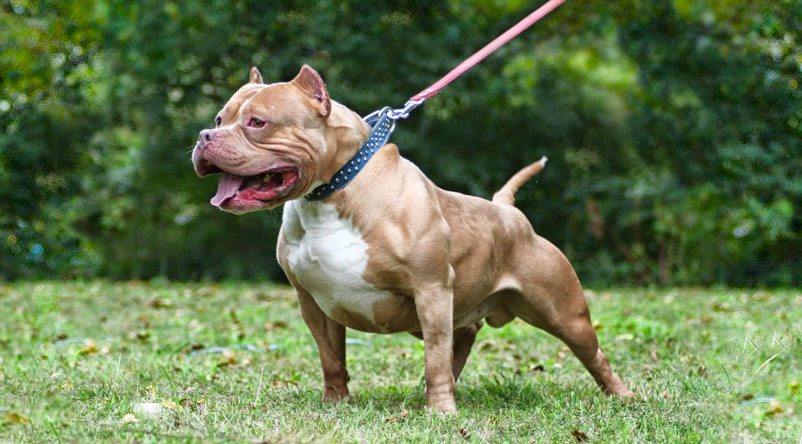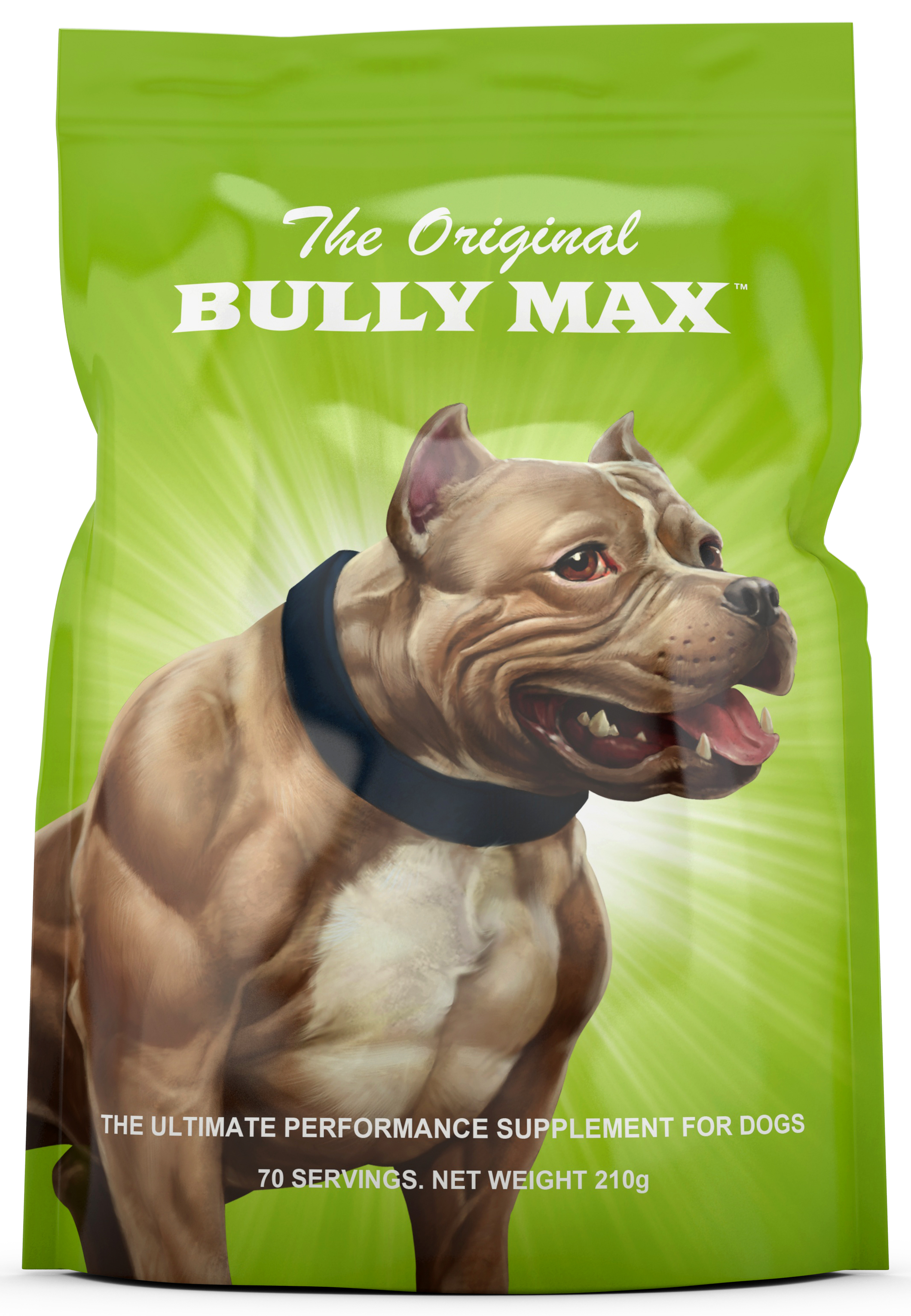With summer on the way, you might have dreams of swimming pools and beaches running through your head.
Maybe your dog does, too!
Taking your dog for a swim can be a fun and healthy excursion for everyone involved—not to mention a great way to beat the heat.
But as always, it’s your responsibility as the owner to make sure your dog is safe at all times. And that means taking a few precautions to make sure your dog stays safe when they’re swimming.
Here are our 7 best water safety tips for dogs:
Water Safety Tip for Dogs #1: Know If Your Dog Can Swim
This might seem obvious, but the first thing you need to do is find out if your dog can swim in the first place!
Don’t just assume that all dogs can swim. That’s like assuming that all people can swim (which is definitely not true…just ask my Uncle Fritz!)
And even if your dog can swim, they might not be a strong swimmer.
One suggestion? Invest in a dog life jacket. It’ll give you extra piece of mind, and by helping your dog to conserve energy, it will also allow them to stay in the water for longer.
Water Safety Tip for Dogs #2: Wait 30 Minutes After Eating
Remember how mom used to tell you to wait 30 minutes after eating to go swimming? Well, the same applies to your dog!
The biology here is the same. After we eat, our stomachs are full and our blood rushes to our digestive system. Which means if you start to exercise right away, you’re more likely to cramp.
So play it safe and give your dog a little time to digest before going in the water.
Water Safety Tip for Dogs #3: Don’t Let Them Drink the Water
Would you drink the water at a beach or lake?
(Hopefully the answer to that is a “no.”)
And you shouldn’t let your dog drink it, either. The water in these places can be full of bacteria or algae that can make your dog sick.
At the same time, recognize that your dog is going to get thirsty from all that swimming—and bring along plenty of cool, fresh water to keep them hydrated!
Water Safety Tip for Dogs #4: Fence in Your Pool
If you have a pool in the backyard, you’ll definitely want to put a fence around it. The last thing you want is for your dog to go jumping in the pool when it’s not being supervised.
It’s also important to teach your dog how to get out of the pool. Think about it: if they fall in, they might not be able to hop over the edge the way you are. If they don’t realize they can use the stairs, they might not be able to get out!
So teach them where the stairs are. But as we just said, you should also fence in the entire pool to avoid these kind of situations altogether.
Water Safety Tip for Dogs #5: Never Leave Your Dog Alone in the Water
Repeat after me: “Better safe than sorry.”
Trust me, you don’t ever want to feel responsible for an accident that happened while your dog went into the water alone.
This won’t be an issue for most people, but it bears repeating: only let your dog swim when you’re there to supervise. That way if something happens—if they get too tired to swim to shore, for example, or if they can’t figure out how to get out of the pool—you’ll be there to save the day.
Water Safety Tip for Dogs #6: Research the Water Quality Where You’re Going
If you’re planning to swim at a beach, lake, swimming hole, or other natural bodies of water, take a minute to look up the water quality.
Sometimes lakes and beaches will have an explosion of algae that can be toxic. In many cases the beach will close, not allowing anyone to swim; but in the case that doesn’t happen, it always pays to be better-informed.
Water Safety Tip for Dogs #7: Consider Taking a “Pet First-Aid Class”
It might sound a little silly, but it could save your dog’s life—and there’s nothing silly about that. Companies like Pet Tech offer CPR & other first-aid classes for pets.
So if your dog did have an accident, you would be prepared to help them.
It’s not essential, but it’s certainly not a bad idea. Especially if you’re a dog-loving person like us who will always have a dog around. :)
So there you are, our 7 best tips to keep your dog safe while swimming. They’re easy to do, and they can make all the difference in the world in making sure your dog has a great time—safely—on your next summer swim.












